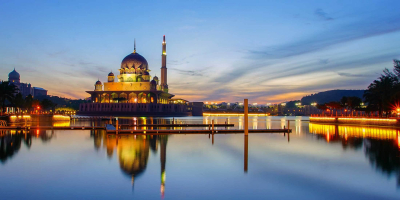Top 6 Montenegro Culture, Customs and Etiquette
Should you remove your shoes when visiting friends? Should you greet those on elevators with a smile? When thinking about the dos and don'ts in your own ... read more...nation, these questions might not seem like the most obvious ones, but things that you might not even consider at home can have a major impact abroad. Here is a list of Montenegro's Culture, Customs and Etiquette.
-
Montenegro has an extremely lengthy and interesting history for such a small nation. Gaining a deeper understanding of Montenegro culture requires taking a close look at the country's past. This region's intercultural influences have been blending for a very long time.
The first known inhabitants of the area were the Illyrians, who arrived in the late Iron Age. Since then, numerous tribes and countries have made attempts to settle in this hidden jewel. Nearly three centuries of domination by the Greeks, Celts, Slavs, Romans, Ottoman Turks, and Venetians considerably influenced the splendor of Montenegro's architecture.
The religion and language of Montenegro are derived from Slavic culture. In spite of mutual inteligibility, Montenegrins, like Bosnians, Croats, and Serbs, maintain that the languages spoken in their own countries are separate from those spoken in the area.
Culture and tradition in Montenegro have developed from all that came before. The people of Montenegro are proud, giving, hospitable, and open to everyone. With its blend of Mediterranean allure and Balkan fervor, it's no wonder that Montenegro has gradually become one of the most popular travel destinations in Europe.
https://geopoliticalfutures.com 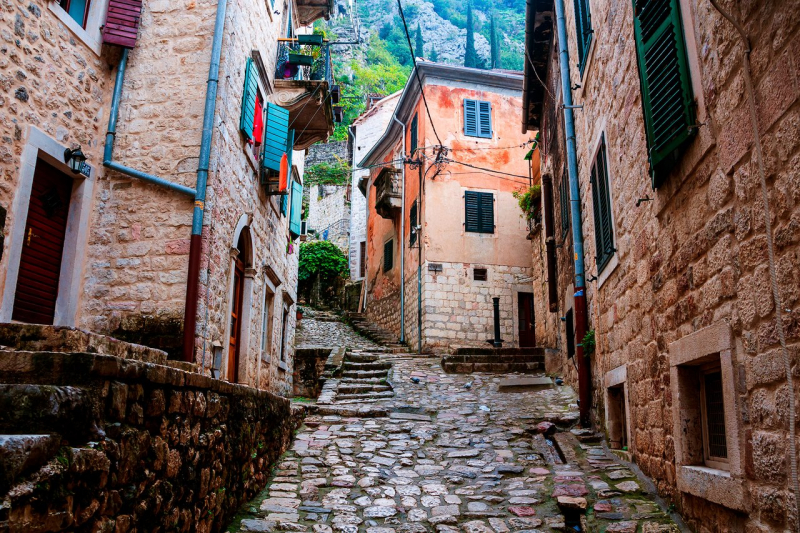
https://simplesail.com/ -
The national Montenegrin culture and identity lay a specific emphasis on and value art and literature. Despite the fact that they often have a lower level of global commercial recognition, they represent significant artistic accomplishments.
Arts including painting, sculpture, poetry, and film have a lengthy history. The nation's violent past has greatly influenced the well-known epic poetry, which is strongly related to gusle, another important aspect of Montenegrin culture. A stringed musical instrument called a gusle is from Montenegro. No account of Montenegrin music and folklore would be complete without it.
All genres of Montenegrin art can be seen in museums across the nation. There is much to learn about, from literature to sculpture and painting. The Montenegrin National Theatre is located in the nation's capital, Podgorica. Each year, thousands of residents and visitors are drawn to the city by the calendar's abundance of festivals, especially in the summer.
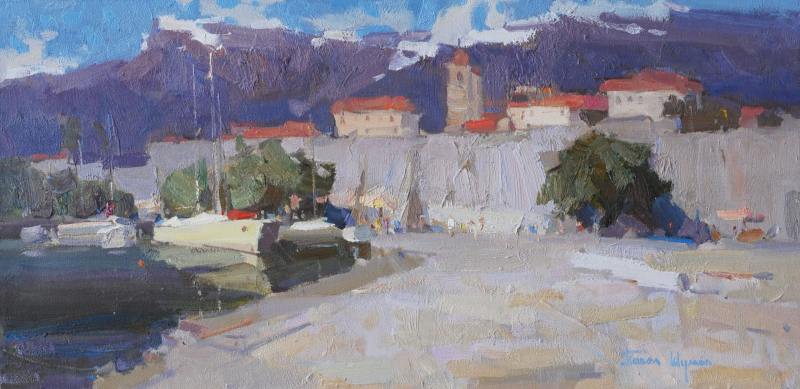
https://artcommunity.net/ 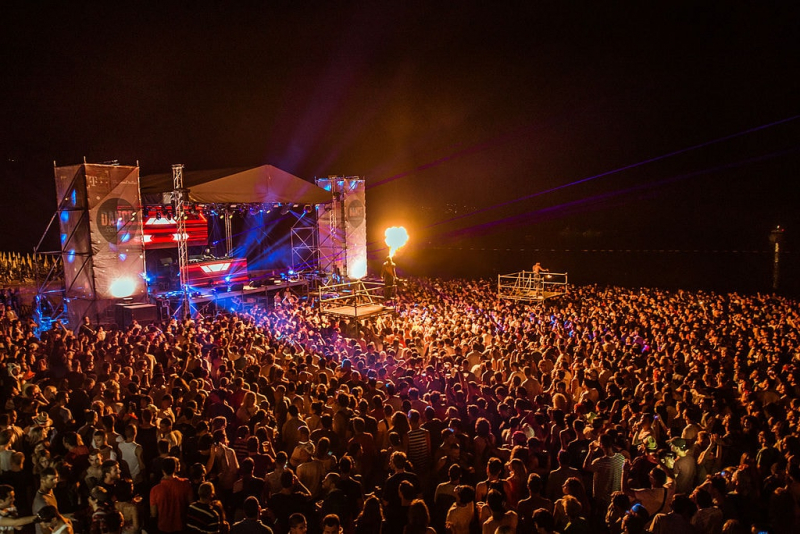
https://theculturetrip.com/ -
In Montenegro, traditions are passed down from one generation to the next and are interesting and distinctive. One of the things that attracts tourists from all over the world to the country is its traditions, which are a reflection of its past.
Every visitor and guest to Montenegro receives special consideration at all times. Everywhere in the nation can sense the renowned Montenegrin hospitality, which is something we are really proud of. According to an age-old custom that is still practiced in Montenegro, if a visitor enters your home for any purpose, you must make sure to provide them with food or beverages.
The traditional attire, which is also readily apparent, has long been a significant component of Montenegrin culture. This extraordinary practice has deep historical roots. One of the most beautiful national costumes in the world, it is worn on important occasions and during holidays. It is made from high-quality materials, blended with silk and golden threads, in vibrant colors.
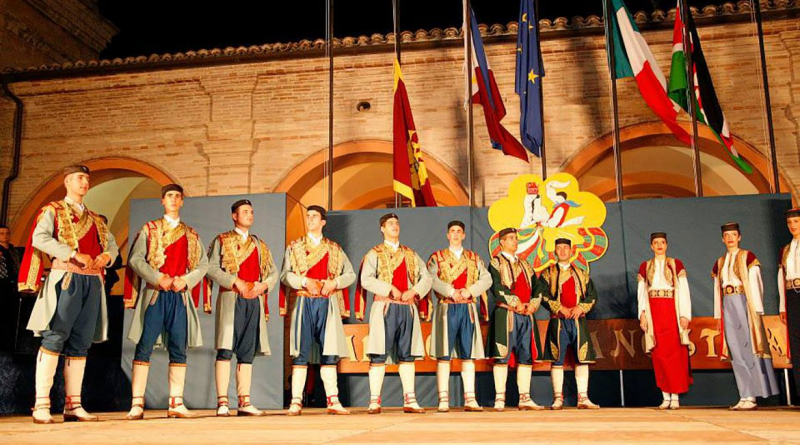
http://www.discover-montenegro.com/ 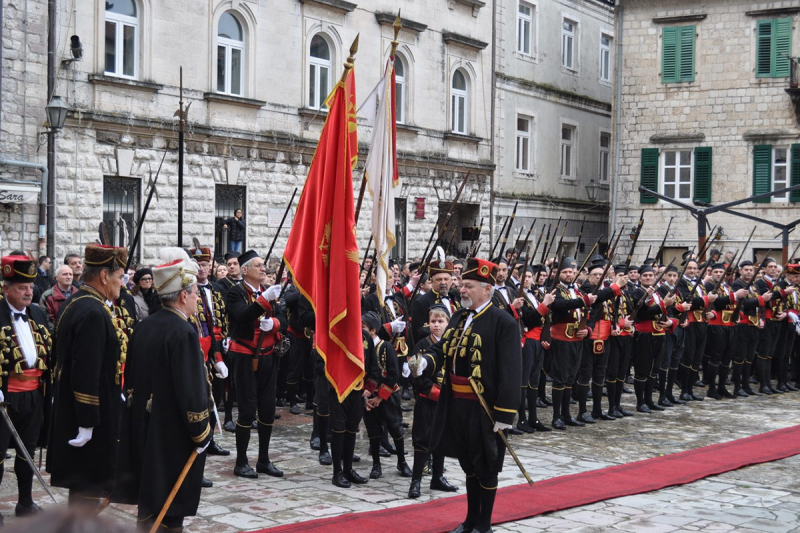
https://experiencebalkan.mk/ -
If you decide to begin your journey on the Montenegrin coast, you will have the chance to witness the direct effects and cultural legacies of the Mediterranean, as well as several ancient monuments and historical locations from the Roman or early Middle Ages.
Most of the coastal cities in Montenegro have examples of breathtaking beauty. The town of Kotor was added to the UNESCO list of cultural heritage because Kotor Bay was judged to have the highest concentration of aesthetic and cultural wealth. When visiting the magnificent Montenegrin Riviera, be sure to include this city in your itinerary. Therefore, Montenegro is a nation with a lot to offer if you're interested in enjoying a cultural vacation.
Paintings by Marin Lovra Dobricevic, Tripo Kokolj, Paolo Veroveza, Hieronim Santa Croce, and other notable Montenegrin artists can be found at St. Tryphon's Cathedral. There are also many religious monuments that have been properly conserved. With their outstanding spiritual strength and distinctive atmosphere, the monasteries of Moraa, Piva, Sveta Trojica (Holy Trinity), urevi stupovi, Savina, and Ostrog draw visitors from all over the world. King Nikola's Palace in Cetinje, Our Lady of the Rocks Church, and Church of St. Maria in Punta are a few further noteworthy structures.
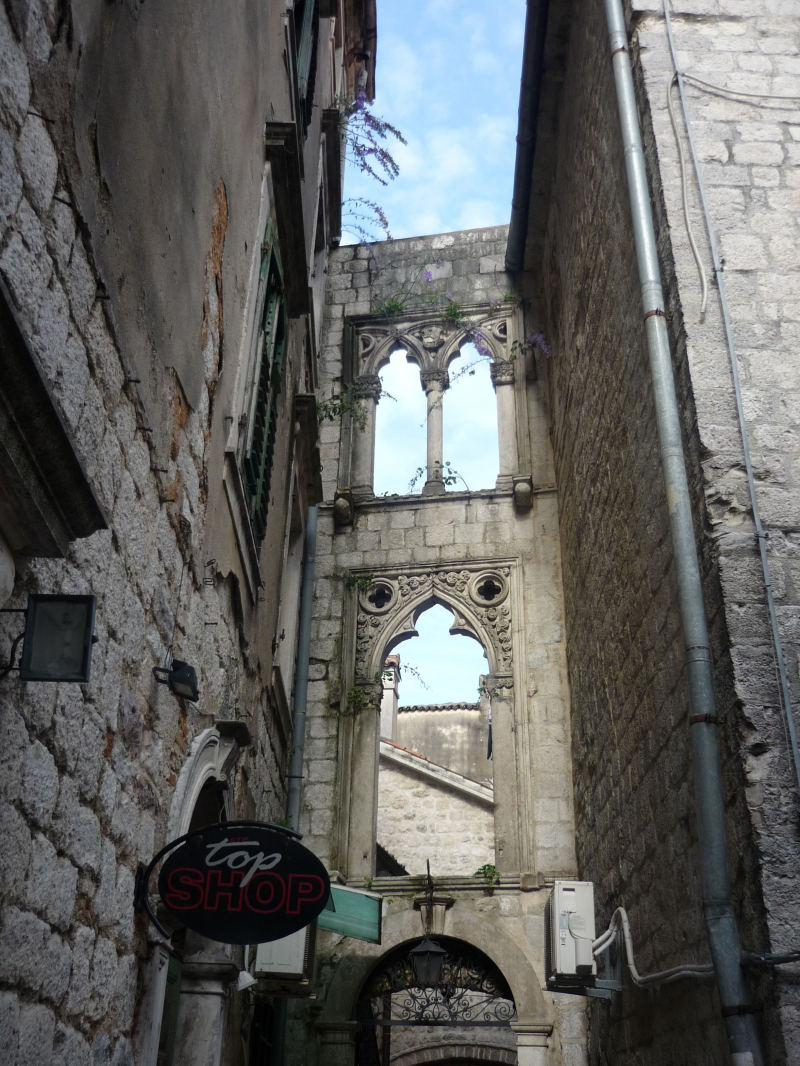
https://www.pinterest.com/ 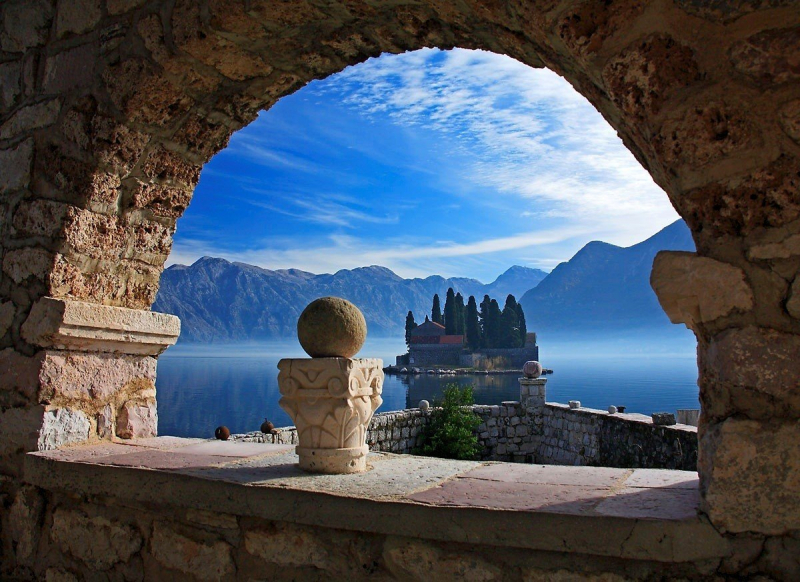
http://hdwallpaperim.com/ -
The cuisine of Montenegro is very diverse. Different nations who have reigned over Montenegrin land throughout history have had an influence on it. Despite Montenegro's small size, there are nevertheless variances between the various regions in terms of food and cuisine. The coastline of Montenegro is home to a wide variety of delectable seafood dishes, but the country's mountainous areas are better recognized for its meat-based cuisine.
The tiny village of Njegui is located in the Cetinje municipality in southern Montenegro. It is a popular site on the county's culinary map and is situated within Loven National Park on the slopes of Mount Loven. Three internationally renowned Montenegrin foods, Njegusi Prosciutto, Njegusi steak, and Njegusi cheese, originated there.
The method used to make traditional alcoholic beverages is a crucial component of any culture. Since Montenegro has a long history of producing world-class native wine, it can also be argued that it is the perfect vacation spot for wine enthusiasts. Both locals and visitors appreciate the well-known Montenegrin white and red wines, which are made from sweet and delicious grapes.

https://portomontenegro.com/ 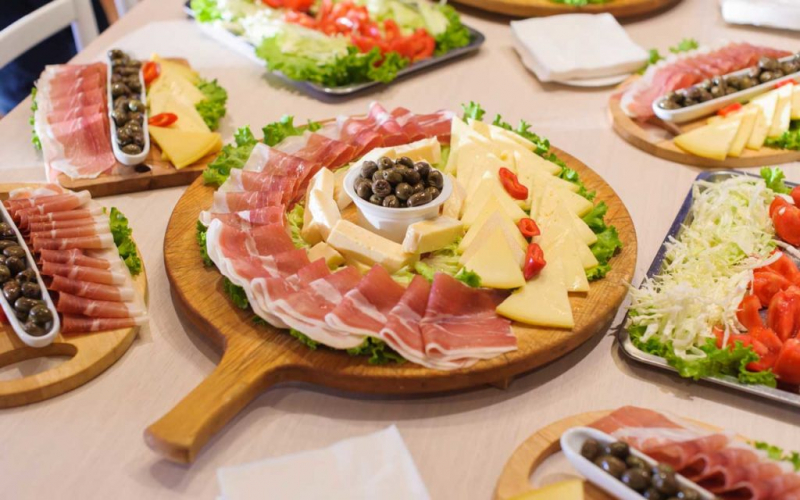
https://nomadparadise.com -
The cultural landscape of the nation is highly diversified. Because it sets one location apart from another, culture is a significant tourism asset, and it's safe to say that Montenegro has a lot to offer its visitors. The country's big cities are not the only places with a vibrant cultural life; almost the entire country is home to it.
Montenegro is a vibrant and interesting nation. The culture of Montenegro has always been at a crossroads of several influences, which has had a significant impact on the country's current cultural milieu. It is home to proud people who are hospitable and accommodating, as well as renowned traditions in food, winemaking, and other cultural spheres in widely different regions.
Because of its size and accessibility to varied landscapes, it is the ideal location for your ideal vacation. This is the ideal place to begin your subsequent cultural tour of Montenegro! Beautiful scenery, a unique culture, and traditions that make for an exceptional holiday experience will wow you. Have you already developed feelings for it? If so, be sure to book a room at our opulent Porto Montenegro resort on the warm Adriatic coast, or think about dropping by our marina if you're sailing the Mediterranean.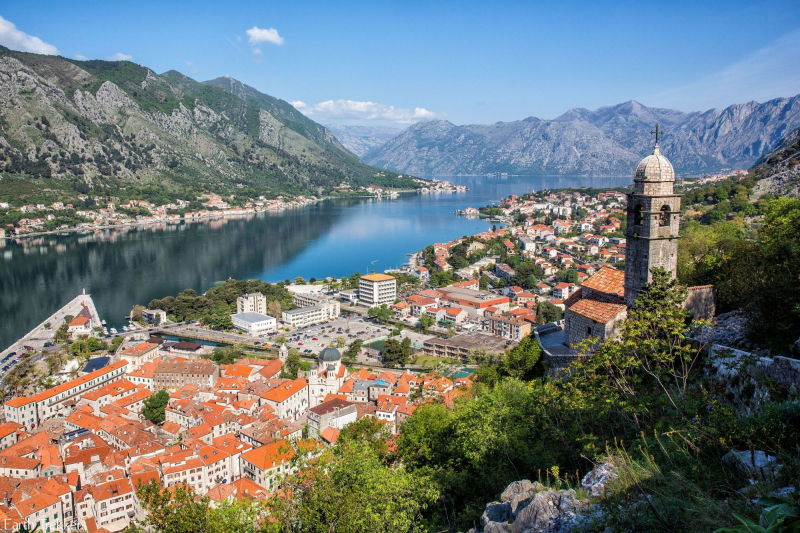
https://www.earthtrekkers.com/ 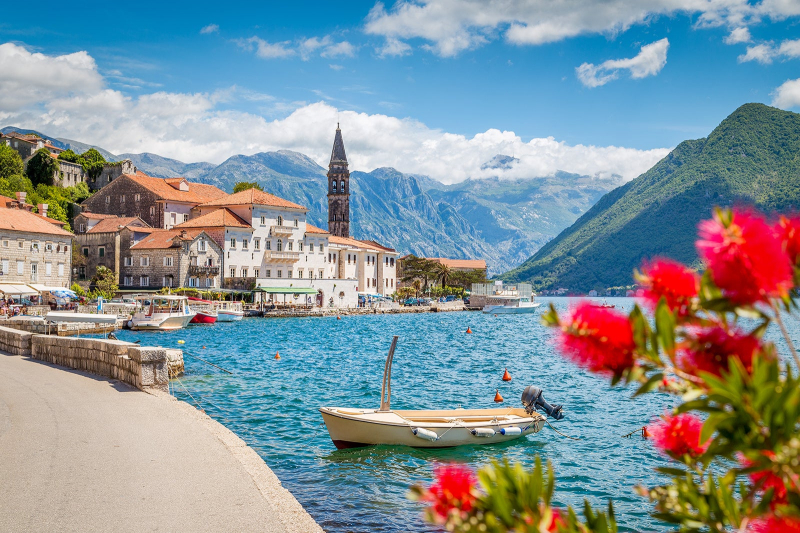
https://au.hotels.com/


























